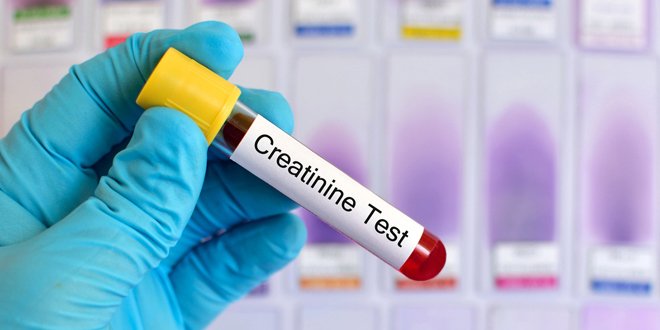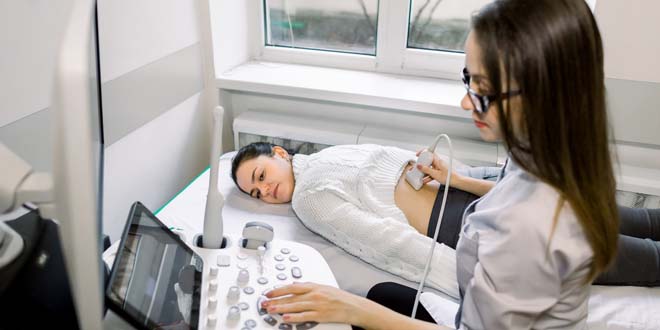
There are many things that can be done on a daily basis to manage kidney disease and reduce the risk of kidney damage, including taking medications.
Which medications are used to protect the kidneys?
Angiotensin-converting enzyme inhibitors (these usually end in ‘pril’) and angiotensin receptor blockers (these usually end in ‘sartan’)
Medications that lower blood pressure also help slow kidney disease. Two types of blood pressure medicines, angiotensin-converting enzyme (ACE) inhibitors and angiotensin receptor blockers (ARBs), play a special role in protecting the kidneys. Each has been found to slow kidney damage in people with diabetes who have high blood pressure.
These medications either prevent or block a hormone that tells blood vessels to tighten, which allows the blood vessels to open and thus reduce blood pressure. For most people with diabetes, a blood pressure target of less than 130/80 mm Hg is sufficient for kidney protection. Both ACE inhibitors and ARBs can reduce the risk of developing kidney disease in diabetes, independent of their effect on blood pressure, and they can also protect against the progression of kidney disease.
Is special monitoring required for these medications?
It is important that people with diabetes who are taking an ACE inhibitor or ARB have their serum creatinine and potassium levels checked within one to two weeks of starting the medication, when the dosage is increased, or during times of acute illness. (Creatinine is a waste product in your blood. It tells how well your kidneys are working.)
This is important because your healthcare team needs to check your eGFR (short for estimated glomerular filtration rate). Your eGFR is a number based on your blood test for creatinine.
If there is a greater drop in eGFR than expected at initiation of these medications, other kidney tests sometimes need to be done. It is interesting that there is an expected slight drop in eGFR when these medications are started but over time people on these medications will have a higher eGFR. The drop in eGFR means that the pressure in the kidney has decreased, which ultimately will prolong the life of the kidney. During times of illness or dehydration eGFR can also decrease and potassium levels can increase, especially if people have known kidney disease.
High potassium levels can be dangerous and ways to prevent this must be undertaken. This might involve a change in diet or addition of another medication (for example, a diuretic), a decrease in dose of the ACE inhibitor or ARB, or even discontinuation of these medications altogether. However, because these medications are so helpful for the heart and kidneys, many things are tried first before discontinuing them.
Key point: Adults with diabetes and kidney disease with either hypertension or albuminuria should receive an ACE inhibitor or an ARB to delay the progression of kidney disease.
Sodium-glucose co-transporter-2 inhibitors (these usually end in ‘flozin’)
Sodium-glucose co-transporter-2 (SGLT2) inhibitors are a newer class of blood sugar lowering medications, with two important influences on risk factors for kidney disease in diabetes: improvement in glycemic control and reduction in blood pressure. This class of medication works by preventing the kidneys from reabsorbing glucose and sodium from the urine back into the blood. Glucose is therefore removed from the body through urine. As a result, glucose in the blood decreases.
What is the effect of SGLT2 inhibitors on kidney health?
Studies have shown that SGLT2 inhibitors slow the progression of kidney disease in individuals with type 2 diabetes and cardiovascular disease. As a result, current guidelines recommend considering this class of medications as a second-line treatment in patients with diabetes and established heart disease. SGLT2 inhibitors have been demonstrated to reduce the risk of kidney function decline, end-stage kidney disease (ESKD), and cardiovascular events. However, the choice of a specific SGLT2 inhibitor should be tailored to the individual, taking into account factors such as kidney function and other comorbidities.
Not only do SGLT2 inhibitors improve blood sugar control and reduce the risk of major adverse cardiovascular events, they have also been shown to help with weight loss.
Side effects can include a 3 to 4 times higher risk of genital yeast infections, urinary tract infections and increased urination. As well, they may cause diabetic ketoacidosis, a rare but severe adverse event. This is more common in people who actually have type 1 diabetes and have been misclassified as type 2 or have long-standing type 2 diabetes who are on a multi-dose insulin regimen. Symptoms of diabetic ketoacidosis include nausea, vomiting, lack of appetite, abdominal pain, excessive thirst, difficulty breathing, confusion, unusual fatigue, or sleepiness. If this is suspected, prompt medical attention is required.
Key point: In addition to reducing blood sugar levels, SGLT2 inhibitors have been found to have cardiovascular and kidney benefits and can also help with weight loss. These medications should be considered as second-line treatment for people with type 2 diabetes at risk for heart disease. Canagliflozin, dapagliflozin and empagliflozin are SGLT2 inhibitors that are part of the standard of care for managing kidney disease in patients with type 2 diabetes.
Non-steroidal mineralocorticoid receptor antagonists (MRAs)
Finerenone is part of a newer class of medications referred to as nonsteroidal mineralocorticoid receptor antagonists (MRAs). This medication is specifically indicated for patients with chronic kidney disease (CKD) associated with type 2 diabetes. It has been shown to reduce the risk of kidney disease progression, lower the risk of cardiovascular events such as heart attack and stroke—which are more common in people with diabetes and kidney disease—and help manage albuminuria, or excess protein in the urine, which is an important marker of kidney damage.
While generally well tolerated, finerenone can cause side effects. The most notable is hyperkalemia (high potassium levels), which may lead to muscle weakness or heart rhythm problems. This risk is higher in individuals with reduced kidney function or those taking other medications that increase potassium levels, such as ACE inhibitors or ARBs. Less common side effects include low blood pressure, which may cause light-headedness or dizziness.
Regular monitoring of kidney function and serum potassium is important, especially when initiating treatment, to ensure safety and effectiveness.
Key Point: Finerenone is an effective treatment for protecting kidney function in patients with type 2 diabetes and CKD. It is often used in combination with other therapies, such as ACE inhibitors, ARBs, and SGLT2 inhibitors, to optimize outcomes in diabetic kidney disease.
GLP-1 Receptor Agonists
GLP-1 receptor agonists are a class of medications used to treat type 2 diabetes. While they are effective at lowering blood sugar, they also offer important benefits beyond glucose control—particularly in protecting kidney health. These medications help lower blood pressure, promote weight loss, and reduce inflammation, which can otherwise damage the blood vessels in the kidneys. They also assist the body in eliminating excess sodium, reducing the workload on the kidneys, and help lower albuminuria—the presence of excess protein in the urine—which is an early sign of kidney damage. Together, these effects support overall kidney function and help reduce the risk of complications associated with diabetic kidney disease.
Key Point: In addition to helping manage blood sugar, clinical studies have shown that GLP-1 receptor agonists can slow the progression of chronic kidney disease in people with type 2 diabetes. This makes them a valuable option for protecting long-term kidney health, especially when used alongside other kidney-friendly therapies such as SGLT2 inhibitors, ACE inhibitors, or ARBs.
Important information about sick day management
Several classes of medications that are used commonly in people with diabetes can either reduce kidney function during periods of illness or build up to a toxic level as kidney flow is reduced during times of sickness. These medications must be stopped temporarily until the person is well. For more information about managing diabetes when you are ill, including a printable sick day plan, click here.
It is important that people with diabetes have their blood and urine tested annually for early signs of kidney disease. If there are signs of kidney disease, medications and lifestyle changes can help delay further damage to the kidneys. The earlier kidney disease in diabetes is detected, the better, as it will reduce the chance of progression to advanced kidney disease and the need for dialysis or transplant.



